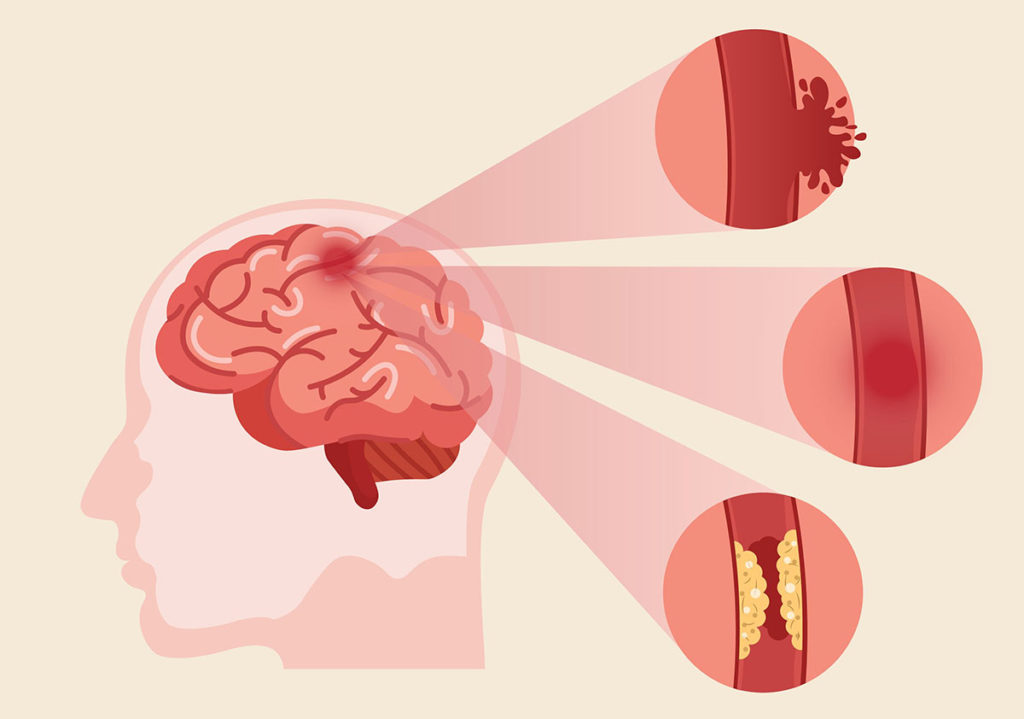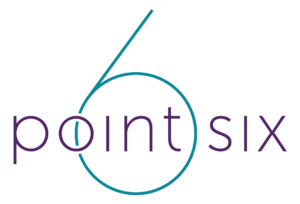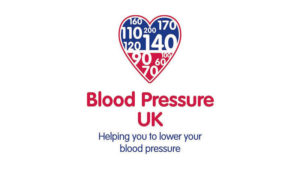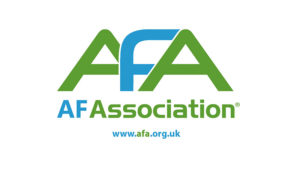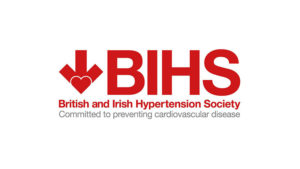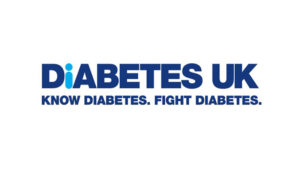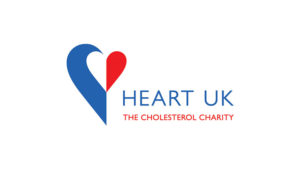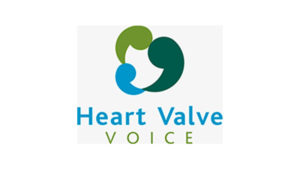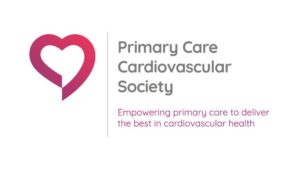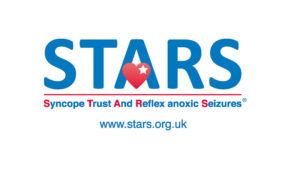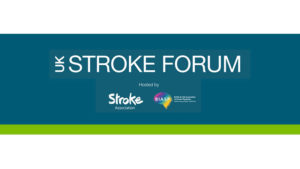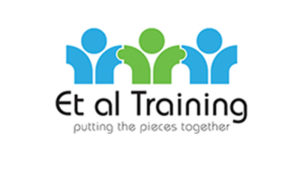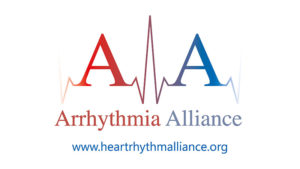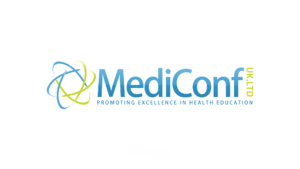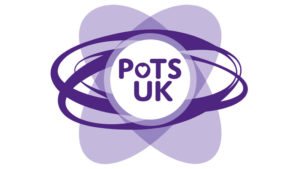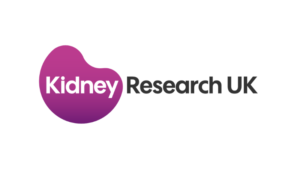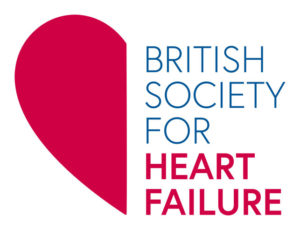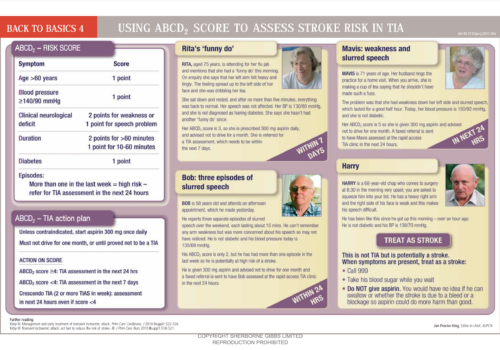
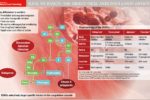
Each year there are 150,000 strokes in the UK. Nearly one in five (18%) of the people presenting with a stroke are in atrial fibrillation (AF) at the time of presentation, and one in six strokes are directly attributable to AF. The risk of stroke in AF is reduced by two-thirds with oral anticoagulation, while antiplatelet therapy reduces stroke by one-fifth. The reduction with antiplatelet therapy is broadly consistent with the stroke reduction seen with this therapy in patients with vascular disease or risk factors, and, given that AF largely coexists with vascular disease, the effect of antiplatelet therapy would probably reflect this. The risk of stroke is similar with paroxysmal or permanent AF, in the presence of associated risk factors.
Stroke is devastating – for the person affected, their family and the NHS. Figures in the recent NICE guideline on stroke show that around 110,000 people have a first or recurrent stroke each year in England, and a further 20,000 have a transient ischaemic attack (TIA).
“There are lots of really powerful examples around o f things we can do to improve quality while improving productivity”
This statement from Sir David Nicholson, the NHS Chief Executive, appears on the NHS Evidence website, where the recognition and optimal treatment of atrial fibrillation (AF) is given as one of the top six Quality, Innovation, Productivity and Prevention (QIPP) examples from across the entire NHS.
The White Paper, Saving lives: our healthier nation (1999), set out a target to reduce the death rate from coronary heart disease and related illnesses such as stroke by 40% in the under-75s by 2010; recent trends indicate that this target will be met. Although the past forty years have seen a significant reduction in age-standardised stroke mortality rates, stroke still accounts for around 53,000 deaths each year in the UK, with more than 9,500 of these occurring in the under-75s. This article reviews how we might reduce the huge burden of stroke by improving the management of transient ischaemic attack (TIA).
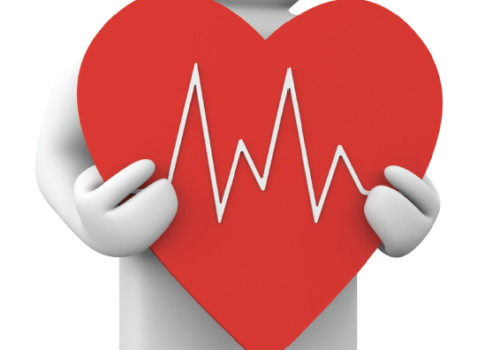
Atrial fibrillation (AF) is an important – yet preventable – cause of stroke. About 12,500 strokes each year are thought to be directly attributable to AF.1 Cost-benefit analysis from the Department of Health suggests that for stroke patients with AF there are about 4,300 deaths in hospital, 3,200 discharges to residential care and 8,500 deaths […]
Swallowing really is a life or death matter. Nearly half of people who have had a stroke will initially experience difficulty swallowing. This is called dysphagia. In this article, we look at the anatomy and physiology of swallowing, what can go wrong in people who have had a stroke, and what can help. Explanations are given clearly, using simple language that you can use with patients and their family members.
A report from a multidisciplinary alliance has made a compelling case for a coordinated planin Europe to reduce the health, social and economic burdens of stroke related to atrialfibrillation (AF). The group comprises eminent cardiologists, neurologists, a healtheconomists, hospital pharmacists, a haematologist and representatives from patientorganisations.How Can We Avoid a Stroke Crisis? has been endorsed by 17 medical and patientorganisations, including the European Primary Care Cardiovascular Society. Its aim is tohighlight to European policy makers the need to achieve earlier diagnosis and bettermanagement of AF across Europe, with the ultimate goal of reducing the risk of stroke inpatients with AF. The key points summarised in the report are shown in table 1.
Transient ischaemic attack (TIA) is an important risk factor for stroke. Early recognition of symptoms and timely secondary prevention significantly reduce stroke risk. We review current evidence and guidelines for early management and treatment of TIA, including early antiplatelet therapy, specialist review, and recognition and treatment of other risk factors. The roles of carotid artery and brain imaging are also considered.
We describe here a project that sets out to reduce the risk of stroke in patients suspected of having a transient ischaemic attack.
Depression is common after a stroke. All stroke patients should have their mood assessed. A range of evidence-based interventions may be used, and guidelines should be implemented since failure to treat depression leads to poorer outcomes in rehabilitation and recovery.
A unique new e-platform for primary care

For healthcare professionals in countries with applicable health authority product registrations. The content may not be approved for use in your specific region or country. Please review the applicable product labelling for your country for indications and instructions prior to use. If not approved, please exit this site.
We use cookies to ensure that we give you the best experience on our website.
By continuing to this site you are confirming that you are a healthcare professional and are opting into the use of cookies.

